Japanese cuisines value seasonality, ensuring dishes are made with ingredients at their peak freshness and flavor, reflecting a deep respect for nature and its changing rhythms. This connection with nature is integral to Japanese culture, shaping dishes that are not only delicious but also harmonious and balanced. By celebrating seasonal ingredients, Japanese cuisine honors tradition while offering a unique culinary experience throughout the year. Spring in Japanese food brings forth an array of vibrant ingredients, from bamboo shoots to tender greens, thus inspiring chefs to craft dishes bursting with seasonal flavors. Alongside the iconic cherry blossoms, springtime delicacies like Sakura Mochi and Dango further enrich the culinary scene, highlighting the joy of seasonal abundance and the renewal of nature.
Spring’s Bounty: A Celebration of Fresh Ingredients
As spring emerges across Japan, it brings with it an array of fresh ingredients that inspire chefs and delight food enthusiasts alike.
Spring Mountain Vegetables
Fuki (Butterbur Stalks)

Fuki stalks are naturally bitter, so they’re treated by rolling them with salt and boiling them to mellow the taste. They’re delicious when deep-fried in tempura batter or simply cut into bite-size pieces after boiling.
Nanohana (Flowering Rapeseed)

In spring, tender nanohana is harvested from mountains and fields. Its flower buds, stalks, and leaves are edible with a slightly bittersweet flavor akin to broccoli. Like broccoli, you can also boiled, steamed, or stir-fried it.
Takenoko (Bamboo Shoots)
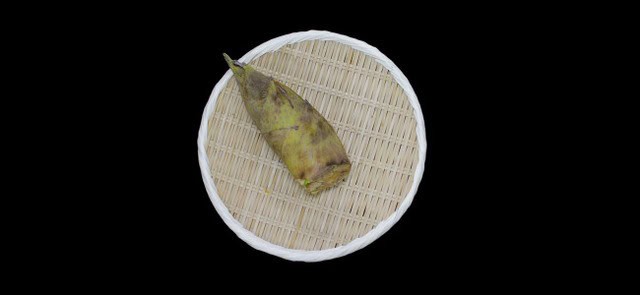
Takenoko are young bamboo shoots just emerging from the ground. Hence, crunchy and juicy, they’re a spring delicacy with a short season for fresh consumption. They’re often simmered with rice bran, then sliced for salads, battered and fried for tempura, or cooked in soy sauce, sake, and sugar for nimono dishes.
Japanese Spring Seafoods
Shirasu (Whitebait)
Shirasu, often found in grocery stores, are tiny white fish that are immature fry of other fish species. You can eat also them raw or cooked, commonly boiled and lightly salted. In Kanagawa, locals served it over rice in a dish called shirasudon, and when topped with a raw egg, it’s known as shirasu tsukimidon (moon-viewing shirasu bowl).
Katsuo (skipjack tuna)
Katsuo, a relative of tuna, is highly valued in Japanese cuisine, especially when dried and fermented into katsuobushi (bonito flakes). You can enjoy it raw as sashimi and sushi, or lightly seared as tataki, a specialty of Kochi Prefecture. Katsuo can also be cooked in savory-sweet sauces as tsukudani, cured in salt as shiokara, or battered and fried.
Tai (Sea bream)

Tai, or sea bream, holds significant importance in Japanese cuisine and culture due to its striking red color and name, often associated with celebrations. In spring, when it’s plump for spawning season, tai is enjoyed in various ways. Locals eat this raw, with seared skin as aburi, or tenderized with the kawashimozukuri method. Locals also served this cooked whole, as part of taimeshi (sea bream with rice), or in taichazuke (sea bream and tea over rice), among other preparations.
Spring Fruits in Japan
Strawberry (Ichigo)
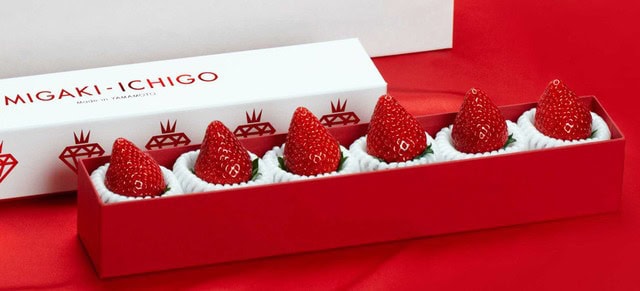
Strawberries, known as ichigo in Japanese, are beloved fruits in the springtime. Their original season spans from spring to early summer, with flowers blooming as temperatures rise. Japan boasts over 312 strawberry varieties, cultivated from Hokkaido to Okinawa, with the top producers being Tochigi, Fukuoka, and Kumamoto. You can also try Ichigo daifuku in Japan when you go during Spring season.
Mikan (Satsuma)

Mikan, commonly referred to as satsuma in Europe, is a spring fruit distinct from oranges in Japan. These small, seedless, and sweet citrus fruits are easily peeled by hand. Rich in minerals, vitamins, and potassium, mikan is a popular choice for daily consumption in spring to boost the immune system.
Cherry

Sakuranbo, or cherries, are enjoyed in early summer, primarily in June and July. While they can be greenhouse-grown in January, they remain scarce and expensive compared to strawberries. Additionally, Yamagata Prefecture is renowned for its cherry production in Japan.
Fuji Apple

Named after Fujisaki Town in Aomori Prefecture and Mt. Fuji, the Fuji apple is cherished worldwide for its honey-like sweetness and balanced tartness.
Culinary Canvas: Traditional Spring Events
Spring in Japan is a vibrant season marked by a kaleidoscope of traditional events that celebrate nature’s renewal, the beauty of cherry blossoms, and symbolism of culture for everyone.
Hanami Picnics
From late March to early May, cherry blossoms bloom across Japan, with the viewing season starting in Kyushu and ending in Hokkaido. Lasting only one to two weeks at its peak, this phenomenon draws crowds to organize hanami picnics under the blooming trees. Popular spots like Yoyogi Park in Tokyo or Maruyama Park in Kyoto bustle with people enjoying snacks and drinks amidst the pink blossoms.
During Hanami Picnic, people typically bring their own Spring Japanese food. An example of these are Bento Boxes filled with items like rice balls, sushi, grilled fish, fried chicken, and vegetables. Additionally, they enjoy Sakura Mochi and Hanami Dango, skewered sweet rice dumplings representing spring’s colors of pink, white, and green.
Shibazakura Festival
The Fuji Shibazakura Festival is a highlight of Japanese spring, where various types of Shibazakura flowers blanket the landscape in vibrant colors. From April to May, visitors can capture stunning photos with the carpet of flowers against the backdrop of Mount Fuji. These small flowers, about 1.5 cm in diameter, bloom in shades of red, pink, white, or purple, creating a picturesque scene. At Shibazakura Festivals in Japan, visitors can enjoy a variety of festival foods including yakisoba, takoyaki, okonomiyaki, and grilled meats. They can also indulge in Japanese sweets such as dorayaki, taiyaki, and dango while exploring the festivities.
Golden Week
Golden Week, spanning the end of April to the beginning of May, is a series of holidays in Japan when most employees enjoy a week-long vacation. With pleasant weather, many people travel to resort areas during this time, leading to a surge in hotel prices. For international tourists, it’s advisable to plan visits just before or after Golden Week to avoid inflated costs. During Golden Week in Japan, families may enjoy traditional New Year’s dishes known as osechi ryori. Typically packed in decorative boxes and savored over several days. Additionally, street vendors offer a plethora of festival foods such as yakitori, takoyaki, and taiyaki.
Children’s Day
Every May 5th, Japan celebrates Kodomo no Hi or ‘Children’s Day’. Families fly koinobori banners shaped like carp to represent each child in the household. Thus, Carp symbolize determination and vigor in Japanese folklore, as they swim upstream overcoming obstacles. Homes with sons also display samurai warrior figurines and kabuto helmets to inspire strength and bravery. Families celebrate by enjoying traditional treats like Kashiwa Mochi and Chimaki, sweet steamed rice dumplings wrapped in bamboo leaves. Additionally, special celebratory dishes such as chirashi sushi, featuring colorful toppings like fish, vegetables, and egg over sushi rice, as well as tempura
Beyond the Plate: Spring Flavors in Drinks and Desserts
Sakura Cha (Cherry Blossom Tea)

Sakura-cha, or cherry blossom tea, is a traditional Japanese herbal infusion made by steeping pickled cherry blossoms in boiled water. Preserved in salt or plum vinegar, the blossoms unfold and float in hot water, releasing a delicate floral flavor. Consequently, you can sometimes dipped in sugar, this tea evokes the essence of springtime.
Hishimochi
Another Spring Japanese food is Hishimochi. Hishimochi is a diamond-shaped rice cake made exclusively for the Hinamatsuri, or Girls’ Day festival, celebrated annually on March 3rd in Japan. Symbolizing fertility and adorned in pink, white, and green colors representing vitality, purity, and longevity. Hishimochi is an auspicious treat displayed alongside dolls resembling members of the imperial court.
Kusamochi
As spring arrives and foraging becomes popular, kusamochi emerges as a beloved seasonal treat. Made from glutinous rice dough mixed with yomogi plant leaves. It is impart a deep green color, kusamochi often encases sweet anko bean paste at its center.
Sakura mochi
A specialty of the cherry blossom season, sakura mochi is a Japanese snack wrapped in a salt-pickled cherry leaf. Coming in Kanto and Kansai regional styles, sakura mochi features coarse dough with sweet anko bean paste at its center, enveloped in a distinctive pink cherry blossom leaf.
Takeaway of spring japanese food
Embracing the spirit of spring in Japan is not just about witnessing the cherry blossoms bloom but also about celebrating the deep connection between food and nature. As the season transitions, Japanese cuisine reflects this harmony by featuring fresh, seasonal ingredients to enjoy sakura-themed sweets. This culinary tradition not only nourishes the body but also feeds the soul, reminding us of the beauty and vitality that spring brings to our lives. So try now the different spring Japanese food in Japan.
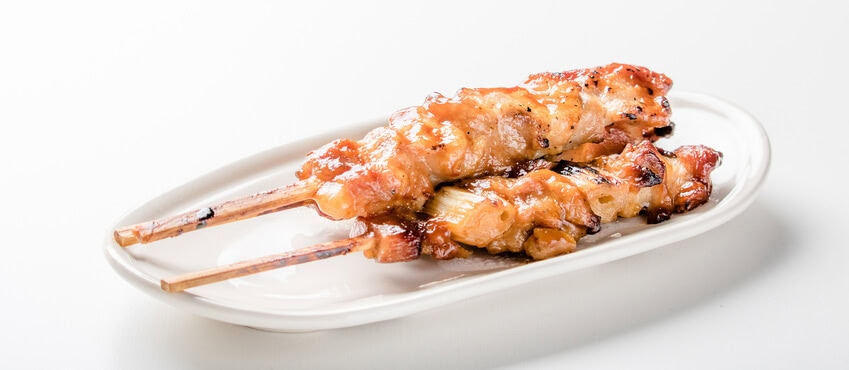





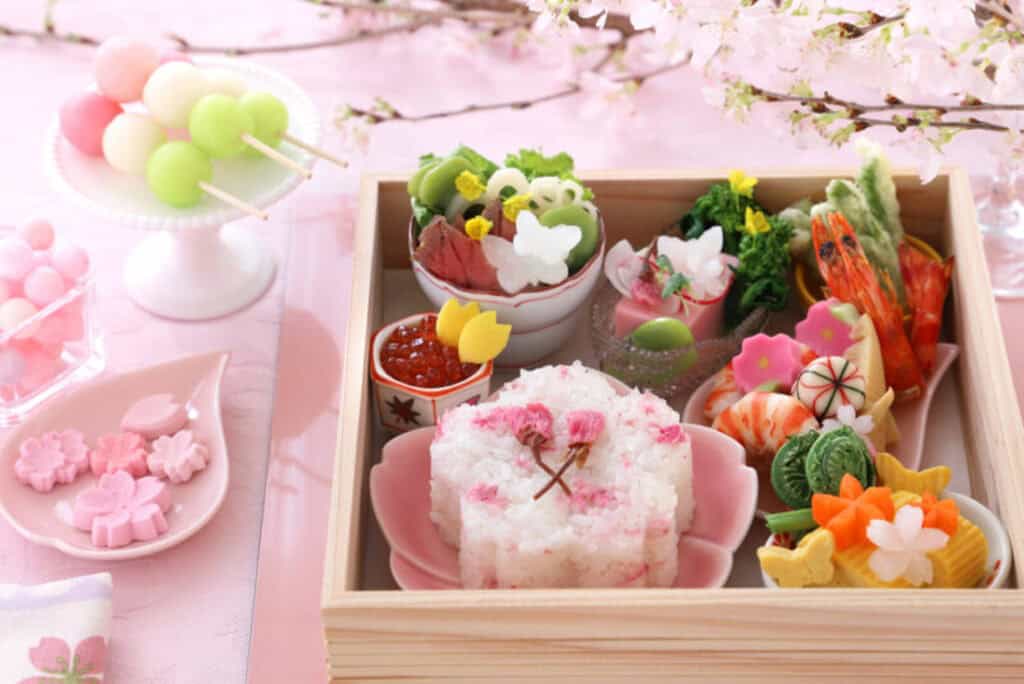





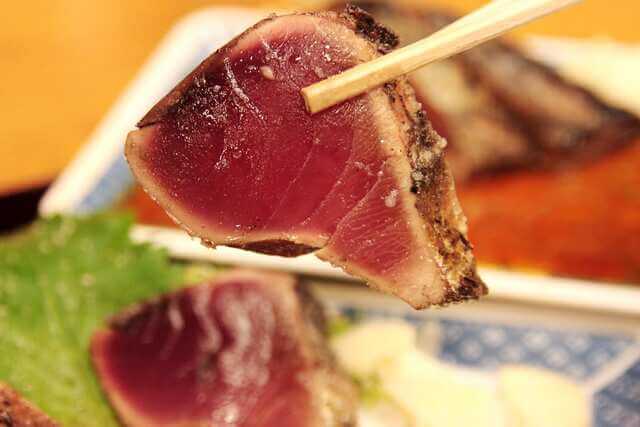



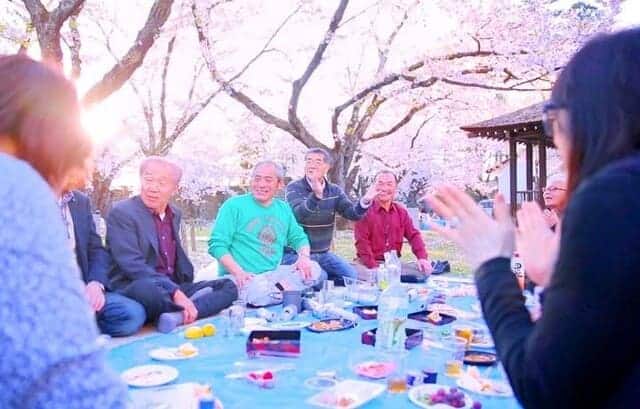

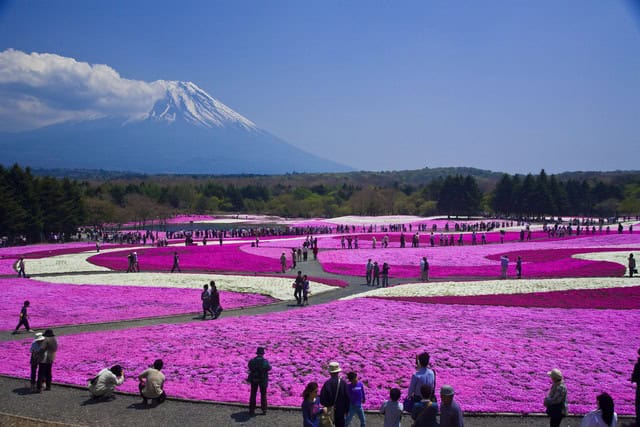
















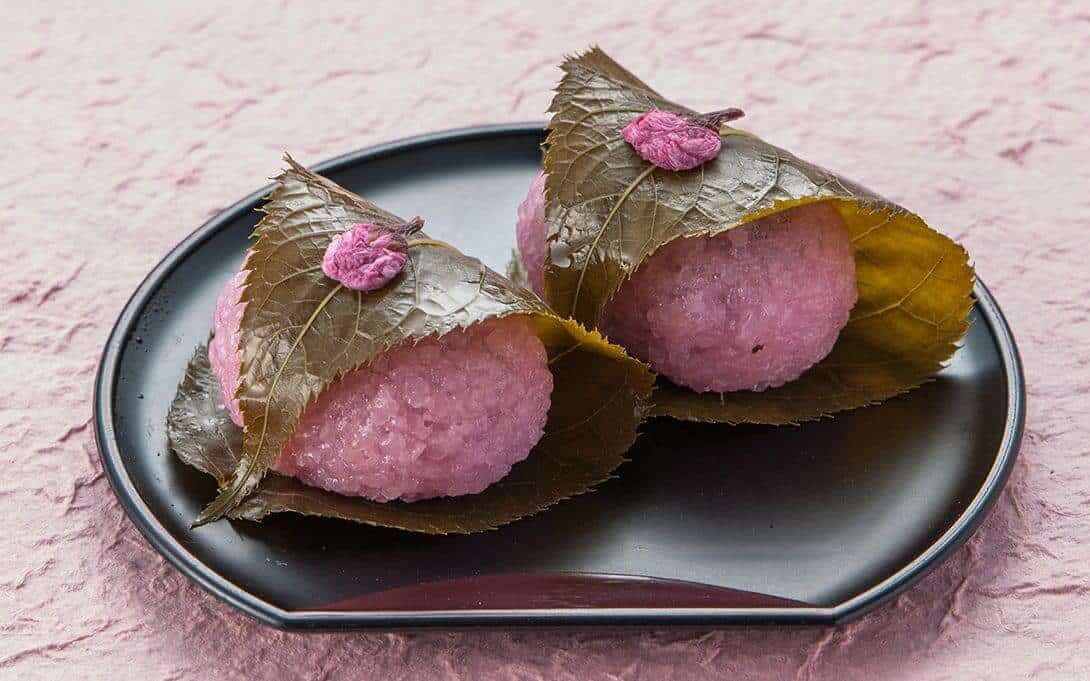


Comments